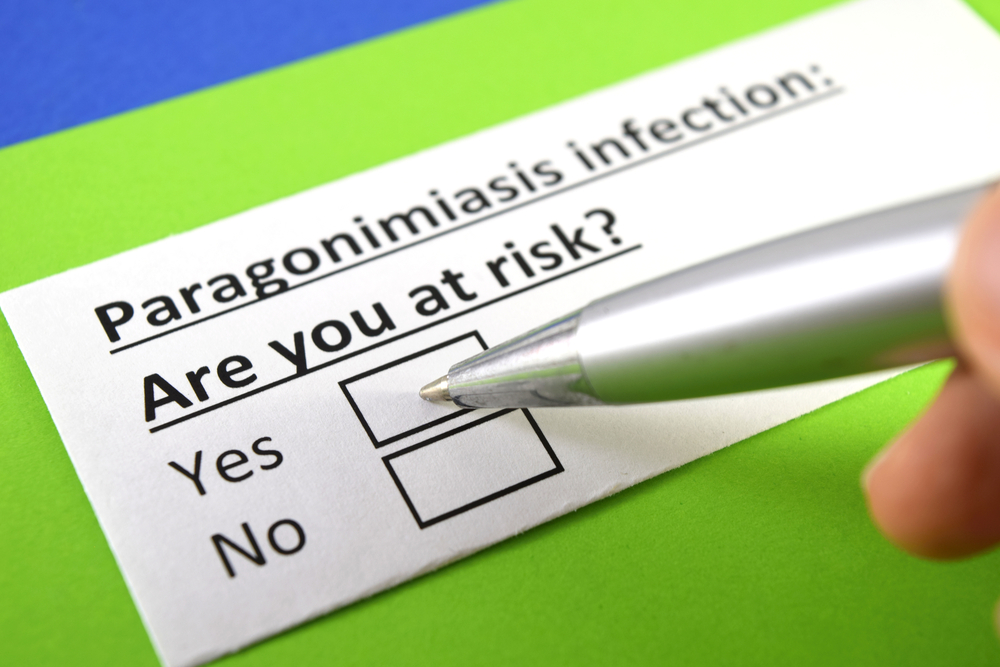Paragonimiasis is a parasitic infection caused commonly by a lung fluke called the Paragonimus westermani. However, there are ten or so Paragonimus species known to infect humans, but only 8 of these can cause significant health issues in humans. The usual cause of the infection is eating partially cooked or poorly processed seafood, such as crayfish or crabs. The Paragonimus westermani parasite infects humans’ lungs, and if the parasite makes its way to the central nervous system, more severe cases of paragonimiasis can occur.
It is a common disease in East Asia, and an estimated 22 million people yearly are infected worldwide. Paragonimiasis may persist for up to 20 years.


